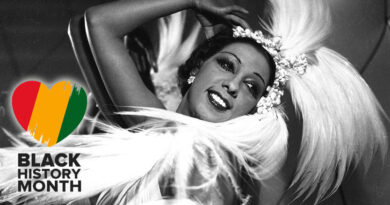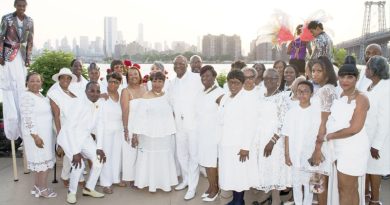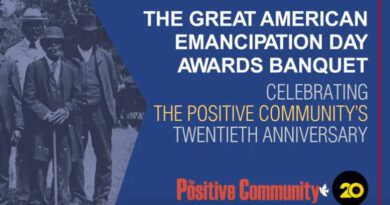Kwanza 101: How to observe this annual family and community holiday
Kwanzaa is a yearlong celebration that focuses on seven life principles called Nguzo Saba. Kwanzaa was created by Dr. Maulana Karenga , a professor of Black Studies, in 1966 during the time of profound social change for African Americans, Karenga’s vision of a celebration that would honor the values of African cultures and inspire African Americans who were working for/towards progress.
The celebration honors African culture in the diaspora is observed from December 26 to January 1.
Each of the seven days observed for Kwanzaa is a mark of distinction of a different life principle. The Nguzo Saba, are principles that are believed to be the foundation of building resilient, prolific families and communities on the continent of Africa as well as in the Diaspora.
The Nguzo Saba (The Seven Principles of Kwanzaa) comes from the native language Swahili of the Bantu people in East Africa. During the observed time of Kwanzaa, celebrants greet each other using the Swahili greeting;Habari gani,meaningWhat’s the news? The principles of Kwanzaa (Nguzo Saba) form the answers.
Nguzo Saba: The Principles of Kwanzaa
Umoja (oo-MOH-ja)
Meaning: unity
Action: building a community that holds together
Kujichagulia (koo-jee-cha-goo-LEE-yah)
Meaning: self-determination
Action: speaking for yourself and making choices that benefit the community
Ujima (oo-JEE-mah)
Meaning: collective work and responsibility
Action: helping others within the community
Ujamaa (oo-JAH-ma)
Meaning: cooperative economics
Action: supporting businesses that care about the community
Nia (nee-AH)
Meaning: a sense of purpose
Action: setting goals that benefit the community
Kuumba (koo-OOM-bah)
Meaning: creativity
Action: making the community better and more beautiful
Imani (ee-MAH-nee)
Meaning: faith.
Action: believing that a better world can be created for communities now and in the
future
Also, during this time of observed celebration it is encouraged to display seven
symbols to join the community of people of color together. We adorn our homes with red, black, and green as well as African-style textiles and art. Not forgetting to add the Seven Symbols of Kwanzaa:
The Seven Symbols of Kwanzaa:
kikombe cha umoja
Meaning: the unity cup
Action: Celebrants drink from this cup in honor of their African ancestors.
kinara
Meaning: the candleholder, which holds seven candles
Action: It said to symbolize stalks of corn that branch off to form new stalks, much as the human family is created.
mazao
Meaning: fruits, nuts, and vegetables
Action: These remind celebrants of the harvest fruits that nourished the people of Africa.
mishumaa saba
Meaning: the seven candles that represent the seven principles
Action: A different candle is lit each day. Three candles on the left are green; three on the right are red; and in the middle is a black candle.
mkeka
Meaning: mat
Action: The symbols of Kwanzaa are arranged on the mkeka, which may be made of straw or African cloth. It symbolizes the foundation upon which communities are built.
vibunzi (plural, muhindi)
Meaning: ear of corn
Action: Traditionally, one ear of corn is placed on the mkeka for each child present.
zawadi
Meaning: gifts
Action: Traditionally, educational and cultural gifts are given to children on January 1.
The last day of Kwanzaa: The Great Fest:
December 31, is the day of Kuumba (Creativity). It is also the day that
families/communities gather for the great feast of karamu. During this time, karamu enjoys traditional African dishes as well as those featuring ingredients our ancestors brought to the United States, such as sesame seeds (benne), peanuts (groundnuts), sweet potatoes, collard greens, and spicy sauces.
Kwanzaa is a true celebration of culture that is observed during the last seven days (December 26-January 1) of the year, with hope that our communities intertwine the Nguzo Saba (The Seven Principles) into the fabric of their lives. Knowing that without the foundation of unity, being committed to self-determination, understanding that with collective work and responsibility brings forth cooperative economics, therein as a movement we can gain our purpose, explore our creativity, all while standing together in faith throughout the next 365 days of the year.


